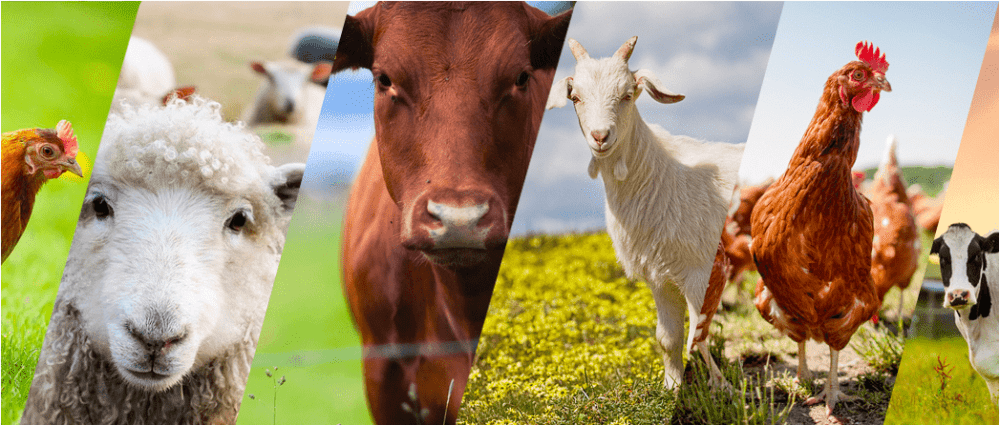Livestock Judging: Breeding Sheep Evaluation
AND
Breeding Ewes – 1 (WITH Officials)
Students will be working on the iCEV NCLCA Certification modules, the lesson plans described below are for the Livestock Judging: Breeding Sheep Evaluation AND Breeding Ewes – 1 (WITH Officials) modules.
Goal:
To introduce the purpose of evaluation and the desired phenotypic traits of the ideal breeding sheep.
Description:
Today’s breeding sheep are selected based upon the combination of phenotype, performance records and the projected performance of the progeny. Listen and watch as these factors are explained using wool-type breeds, meat-type breeds and their performance data. The featured specialist presents a practice class in which he demonstrates major evaluative criteria: size and scale, structural correctness, muscling, volume and capacity, breed and sex characteristics and wool production. An excellent set of collegiate oral reasons is given.
Objectives:
1. To identify and list the major factors considered in breeding sheep evaluation.
2. To introduce performance records with specific reference to positive and negative numbers.
Assignments:
Assignments will be posted on the Livestock Production Google Classroom, under the “Assignments” topic of the “Classwork” tab. Please pay attention to all due dates, which will be posted on the assignments along with the instructions for the assignment.
